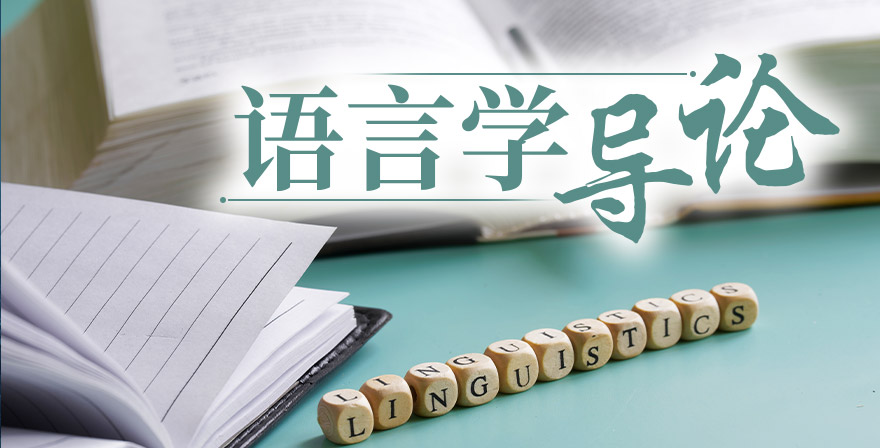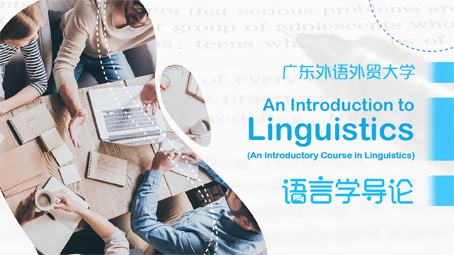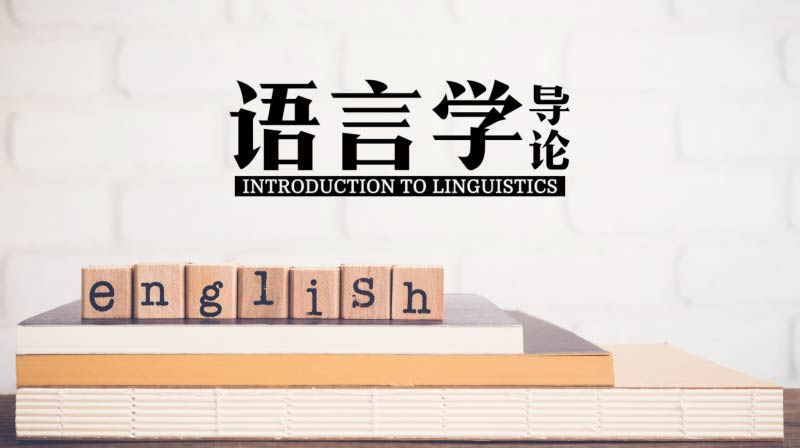潍坊学院
- In English, the subject sends old information, and new information is usually carried by predicate, and and the focus or the most important part of the sentence occupies the end position. ( )
- Bilingualism and diglossia mean the same thing.( )
- In classifying the English consonants and vowels, the same criteria can be applieD.( )
- Language change is universal, ongoing and arbitrary. ( )
- We can always tell by the words a compound contains what it means because the meaning of a compound is always the sum of the meanings of its parts. ( )
- According to the length or tenseness of the pronunciation, vowels can be divided into tense vs. lax or long vs. short. ( )
- Semantically, the meaning of a compound is often idiomatic, always being the sum total of the meanings of its components.( )
- The meaning of an utterance is decontexualized, therefore stable.( )
- A phoneme in one language or one dialect may be an allophone in another language or dialect. ( )
- Only words of the same parts of speech can be combined to form compounds. ( )
- The rules governing the phonological patterning are language specifiC.( )
- Pidgins are rule-governed, like any human language. ( )
- Of the views concerning the study of semantics, the contextual view, which places the study of meaning in the context in which language is used, is often considered as the initial effort to study meaning in a pragmatic sense.( )
- In English, people's age, income, political, marital status, and religious beliefs, etC.are normally considered too personal to talk about. ( )
- Saussure’s exposition of synchronic analysis led to the school of historical linguistics.( )
- In English the subject usually precedes the verb and the direct object usually follows the verB.( )
- Dialectal synonyms can often be found in different regional dialects such as British English and American English but cannot be found within the variety itself, for example, within British English or American English.( )
- Root also falls into two categories: free and bounD.( )
- Prefixes usually modify the part of speech of the original word, not the meaning of it. ( )
- Which of the following statements are the concerns of sociolinguists? ( )
- What are the levels of stylistic analysis?( )
- Which of the following are the criteria of vowel description? ( )
- English-based pidgins are characterized by_________. ( )
- Which of the following belongs to the phonological features of Black English? ( )
- Which words are spelled typically in American English way? ( )
- Which of the following are known as place of articulation? ( )
- _________ is the act performed by or resulting from saying something; it is the consequence or the change brought about by the utterance. ( )
- The pair of words “lend”and “borrow”are ___.( )
- Sense relates to the complex system of relationships that hold between the linguistic elements themselves (mostly words); it is concerned with_________relations.( )
- Minimal pairs are used to_________. ( )
- The violation of one or more of the conversational_________(of the CP) can, when the listener fully understands the speaker, create conversational implicature, and humor sometimes. ( )
- According to Chomsky, _________ is the ideal user’s internalized knowledge of his language.( )
- "My brother’s bike is broken" _________ "My brother has a bike."( )
- Reference deals with the relationship between the linguistic elements (words, sentences, etc) and the_________world of experience. ( )
- What the element‘-es’indicates is third person singular, present tense, the element‘-ed’ past tense, and‘-ing’progressive aspect. Since they are the smallest unit of language and meaningful, they are also_________. ( )
- The phenomenon that words having different meanings have the same form is called ______. ( )
- --- Amy will make it. --- .( )
- Changes in a language are changes in the grammar of the speakers of the language. This means that phonemes, __________, words and grammatical rules may be borrowed, added, lost or altereD.( )
- The details of any language system are passed on from one generation to the next through_________, rather than by instinct. ( )
- Bound morphemes are those that _________.( )
- Interviewer and interviewee, are a pair of _________opposites. ( )
- The syntactic rules of any language are_________in number. ( )
- The function of the sentence“A nice day, isn't it?”is_________. ( )
- It is hard for them to find ________ in darkness. ( )
- What are the dual structures of language? ( )
- The morpheme "vision" in the common word "television" is a(n) ___.( )
- Language is said to be arbitrary because there is no logical connection between _________ and meanings. ( )
- The sentence structure is_________. ( )
- The term _______ linguistics may be defined as a way of referring to the approach which studies language change over various periods of time and at various historical stages.( )
- What figure of speech has been used in “the young hunter was as strong as a lion?”( )
- The description of a language as it changes through time is a_________study. ( )
- The meaning carried by the inflectional morpheme is _________.( )
- The_________rules are the rules that group words and phrases to form grammatical sentences. ( )
- Chomsky uses the term _________ to refer to the actual realization of a language user’s knowledge of the rules of his language in linguistic communication. ( )
- “Alive”and“dead”are_________. ( )
- The meaning of language was considered as something _________in traditional semantics. ( )
A:错 B:对
答案:B: 对
A:错 B:对
答案:错
A:错 B:对
答案:A: 错
A:对 B:错
答案:错
A:对 B:错
答案:B: 错
A:错 B:对
答案:B: 对
A:错 B:对
答案:错
A:对 B:错
答案:B: 错
A:错 B:对
答案:B: 对
A:对 B:错
A:错 B:对
A:错 B:对
A:对 B:错
A:对 B:错
A:错 B:对
A:对 B:错
A:对 B:错
A:错 B:对
A:对 B:错
A:To investigate the social aspects of language.
B:How does the human mind work when they use language?
C:There exist social norms that determine the type of language to be used on a certain occasion.
D:The language a person uses reveals his social background.
A:Syntactic level
B:Lexical level
C:Discoursal level
D:Phonological level
A:The part of the tongue that is raised.
B:The shape of the lips.
C:The extent to which the tongue rises.
D:The extent to which the teeth draw together
A:none of the other answers
B:an absence of any complex grammatical morphology
C:a limited vocabulary
A:The use of double negation constructions
B:The frequent absence of various forms of the copular "be"
C:The deletion of some word-final stop consonants
D:none of the other answers
A:program
B:judgement
C:color
D:honor
A:velar
B:affricate
C:palatal
D:bilabial
A:A locutionary act
B:A performative act
C:An illocutionary act
D:A perlocutionary act
A:co-hyponyms
B:synonyms
C:relational opposites
D:gradable opposites
A:non-linguistic
B:extra-linguistic
C:multi-linguistic
D:intra-linguistic
A:find the distinctive features of a language
B:find the phonemes of a language
C:find the allophones of a language
D:compare two words
A:principles
B:standards
C:maxims
D:levels
A:performance
B:parole
C:langue
D:competence
A:presupposes
B:entails
C:is inconsistent with
D:is synonymous with
A:intra-linguistic
B:extra-linguistic
C:non-linguistic
D:multi-linguistic
A:phonemes
B:morphemes
C:allophones
D:phones
A:homonymy
B:hyponymy
C:antonymy
D:polysemy
A:So will she. B:She will so C:So do she D:So she will.
A:phrases
B:sentences
C:utterances
D:morphemes
A:teaching
B:learning
C:books
D:learning、teaching
A:have to be used independently
B:can not be combined with other morphemes
C:can either be free or bound
D:have to be combined with other morphemes
A:complete
B:gradable
C:Relational
D:complementary
A:large
B:infinite
C:finite
D:small
A:directive
B:informative
C:phatic
D:performative
A:the out way
B:out way
C:the way out
D:way out
A:Sounds and symbols.
B:Sounds and letters.
C:Sounds and meaning.
D:Letters and meaning
A:inflectional morpheme
B:free morpheme
C:bound form
D:bound morpheme
A:objects
B:sounds
C:ideas
D:sense
A:both linear and hierarchical
B:complex
C:only hierarchical
D:only linear
A:comparative
B:diachronic
C:synchronic
D:historical comparative
A:metaphor
B:metonymy
C:simile
D:synecdoche
A:diachronic
B:comparative
C:descriptive
D:up-to-date
A:lexical
B:semantic
C:morphemic
D:grammatical
A:lexical
B:combinational
C:morphological
D:linguistic
A:performance
B:competence
C:langue
D:parole
A:gradable antonyms
B:none of the other options C:complementary antonyms
D:relational opposites
A:intrinsic
B:contextual
C:behaviouristic
D:logical
温馨提示支付 ¥5.00 元后可查看付费内容,请先翻页预览!



